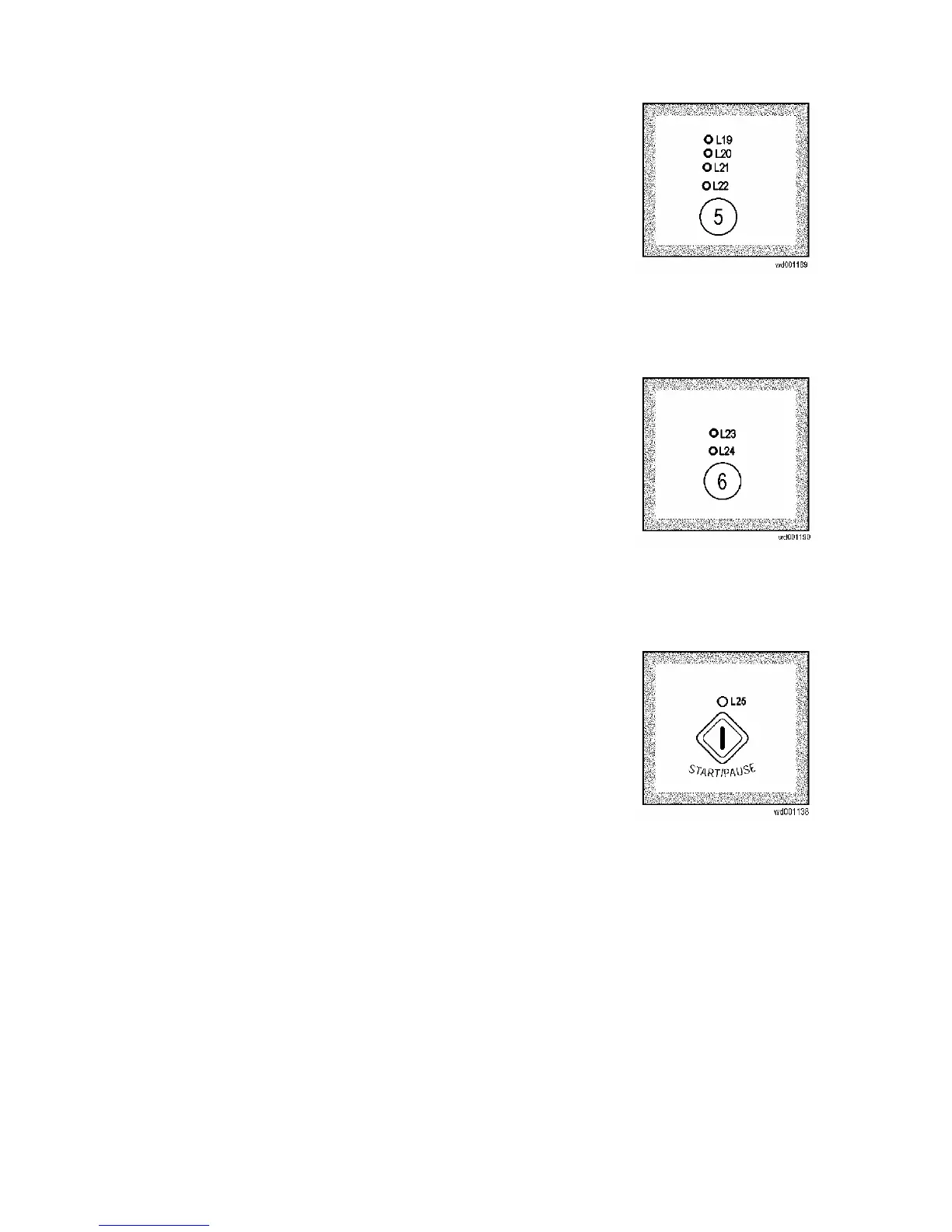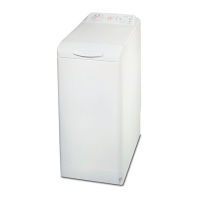
 Loading...
Loading...
Do you have a question about the Electrolux AWF 1210 and is the answer not in the manual?
| Brand | Electrolux |
|---|---|
| Model | AWF 1210 |
| Category | Washer |
| Language | English |
Explains the operation of the START/PAUSE button for program control and pausing.
Explains the FUCS mechanism for managing unbalanced loads during spin cycles.
Describes the main control unit, including PCB and display board functions.
Details the function and working principle of the analog electronic pressure switch.
Explains the mechanism and conditions for the instantaneous door safety device.
Explains how the main PCB powers the motor and the function of the AC/DC converter.
Details the drying circuit, its components, and how temperature is regulated.
Guides on entering the diagnostics system, performing tests, and running cycles.
Details the steps and functions tested within the diagnostic system.
Describes how to navigate through diagnostic phases and interpret test results.
Lists common alarm conditions and their causes, displayed via codes or flashing LEDs.
Explains how to retrieve and interpret the last recorded alarm code.
Provides a comprehensive table of alarm codes, LED indications, fault descriptions, effects, and possible causes.
Guides on configuring the main PCB with a specific code for model compatibility.
Explains how to read, enter, and verify the 16-digit configuration code.











